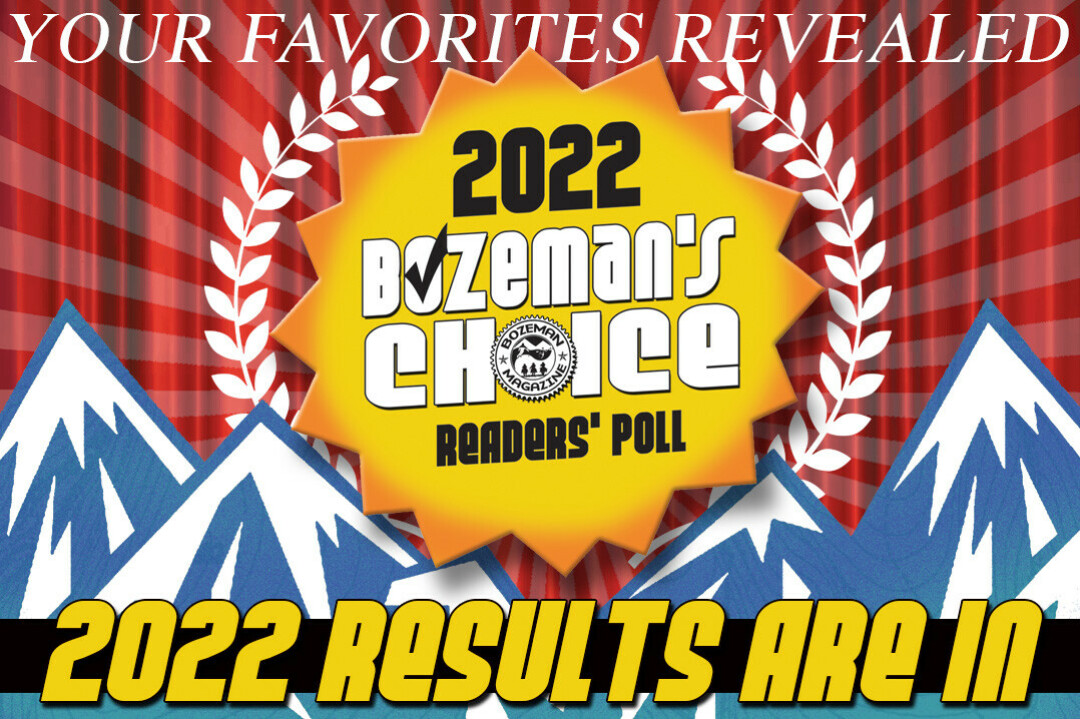BOZEMAN — Before researchers can understand the formation of the titanic black holes with masses millions to billions times that of our sun that anchor galaxies, they first must find these cosmic phenomena. To that end, Montana State University postdoctoral researcher and Ford Fellowship awardee Mallory Molina is pioneering a way to look for massive black holes in small galaxies known as dwarf galaxies.
Molina, who works with Amy Reines, an assistant professor in the Department of Physics in MSU’s College of Letters and Science, is the lead author of “A Sample of Massive Black Holes in Dwarf Galaxies Detected via [Fe X] Coronal Line Emission: Active Galactic Nuclei and/or Tidal Disruption Events,” published in The Astrophysical Journal, a publication of the American Astronomical Society, on Dec. 1. Reines is also named as an author.
“Finding massive black holes in dwarf galaxies is important to help us understand how massive black holes form in the first place,” Reines said. “This work gives us an entirely new strategy to find and study these objects.”
Black holes are extremely dense areas of space that can capture even light in their gravitational pull, yet some light is also emitted as the swirling disc of materials being sucked into the black hole bombard gases with enough energy to strip atoms of their electrons.
Black holes are elusive, Molina explained, because researchers are often only able to detect the total light coming from distant galaxies. In smaller galaxies — with the smaller black holes that are of particular interest to those seeking insight into their origin — the accumulation of stars, gases and dust are enough to block the light emitted from a “feeding” black hole. This is especially true if the galaxy is actively forming stars.
Molina illustrates this conundrum using a flashlight in place of the light from a black hole. It would be easy enough to see the beam if the area is dark. But what if someone turns on a spotlight? The flashlight can’t compete with the larger light source.
“Is there a way to cut through star formation and find black holes in these galaxies?” Molina asked.
So Molina is changing the color of the flashlight beam.
The study uses a particular wavelength of light — 6,374 angstroms, to be precise (about a sixth the length of your average yeast cell) — as a marker. The light comes from iron 10, which are atoms of iron that have had been stripped of nine of their electrons and release light in what astronomers call coronal emission lines.
Molina found the iron 10 emission line in the optical observations of two black holes in dwarf galaxies that were initially detected by radio emissions, rather than traditional optical techniques.
“The first one was really important for showing that it existed,” Molina said. “The second one was important for showing this is something you could systematically do with survey data.”
From there, Molina launched a search, scanning the optical data of 46,000 galaxies and searching for iron 10 light. They found the emission line in 81 galaxies where it was attributable to black holes.
“Almost all of the iron 10 emission that I detected was way too bright to be produced by stellar means like supernovae, but it was consistent with material falling onto a black hole,” Molina said.
The dwarf galaxy hosts had many different shapes and tilt angles, but most had one thing in common — they appear blue in the night sky. Redder galaxies have less ongoing star formation, bluer ones are more active and are, thus, brighter, which hinders black hole detection.
“It is hard to find black holes in actively star-forming dwarf galaxies using traditional optical methods,” Molina said. “This iron 10 selection technique is opening up a whole new population of black holes that was previously not accessible to us.”
Using iron 10, astrophysicists can find dimmer black holes within existing optical data and aid in the search for lower-mass dwarf galaxies — and the insights they may bring on galaxy and black hole formation.
“Most of the galaxies that we found using optical methods are the tip of the iceberg — they’re the most active, the brightest black holes in the biggest dwarf galaxies,” Molina said. “This new detection method is giving a more representative view of the black hole population in dwarf galaxies.”






News Comments
This is so typical of a sign in, which we should not have to do to check if we or some one in our party got a permit. I have been working or "creating an account" for 30 minutes and just get the same ...
Smith River permit drawing results available
Sunday, Mar. 10, 2024
I have struggled with this podcast and my own participation therein, the event itself obviously traumatic, but beyond that my inability to reach anyone and convey anything resembling truth. The person ...
Billings, MT Case Becomes True Crime Podcast | 'An Absurd Result'
Marktokarski
Saturday, Jan. 20, 2024
Why not leave those cheerful, colorful garlands up longer? What’s the rush?
Main Street Closed Jan 2
Saturday, Dec. 30, 2023
You do not have the authority to determine what may or may not be sensitive lands! This is an example of extreme overreach on your part.
City of Bozeman, Gallatin County Adopt Sensitive Lands Protection Plan
Friday, Dec. 22, 2023